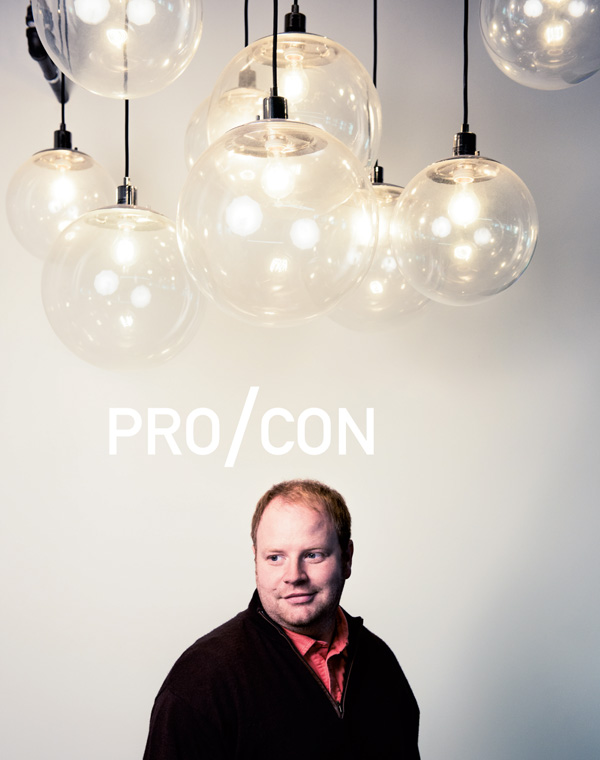
“Sometimes benefits brokers come by the Zenefits office, and they refer to me as Darth Vader,” says Parker Conrad, chief executive officer of Zenefits, the insurance benefits technology startup that's threatening to change the landscape of the employee benefits business – drastically and irrevocably.
“They see me as Satan or the most evil person in the world,” Conrad continues. “But one of the things I think they don't realize is that if Zenefits is fortunate enough to continue on our current trajectory, then, yes, Zenefits will be extremely destructive to agencies. But I think it will be extremely positive for brokers, for the individuals themselves. Brokers are as much a victim of the state of technology in the insurance industry today as their clients are.”
Continue Reading for Free
Register and gain access to:
- Breaking benefits news and analysis, on-site and via our newsletters and custom alerts
- Educational webcasts, white papers, and ebooks from industry thought leaders
- Critical converage of the property casualty insurance and financial advisory markets on our other ALM sites, PropertyCasualty360 and ThinkAdvisor
Already have an account? Sign In Now
© 2024 ALM Global, LLC, All Rights Reserved. Request academic re-use from www.copyright.com. All other uses, submit a request to [email protected]. For more information visit Asset & Logo Licensing.








